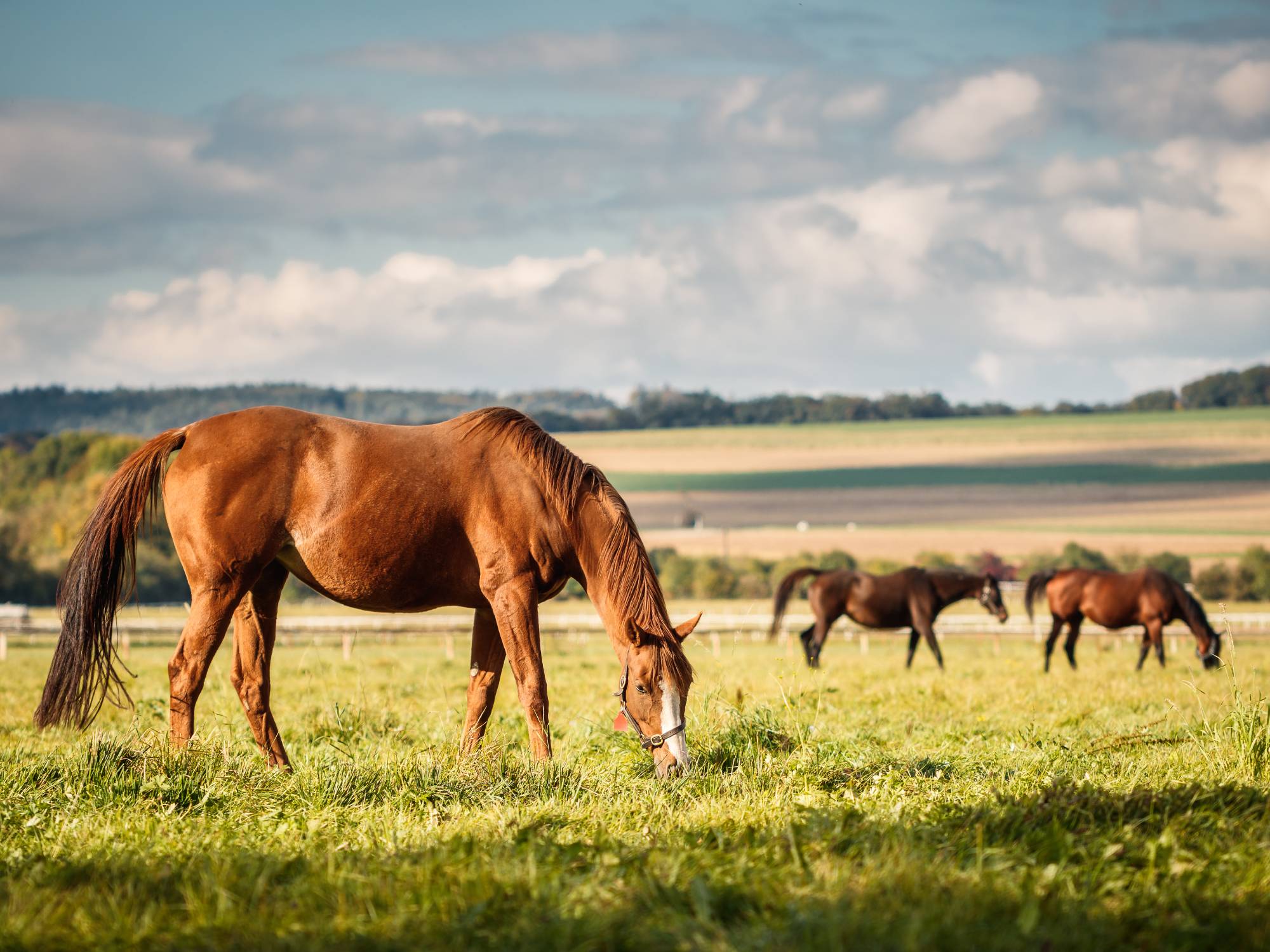Livestock farmers understand the importance of maintaining a healthy pasture. Good pasture management ensures your animals have access to quality forage, which is crucial for their health and nutrition. Raising horses, cattle, and other livestock is a long-term commitment, along with tending to the land they graze on. Continue reading to learn how to establish and maintain a pasture for livestock.
Conduct Research and Plan
Establishing a pasture for livestock takes careful planning and a deep understanding of your soil and livestock’s nutritional needs beyond choosing the appropriate location.
Conduct Soil Testing
Healthy soil is the foundation of a productive pasture, and knowing its composition is the first step. Farmers should conduct soil testing to verify that their selected land is suitable for grazing. A soil test will highlight its nutritional content and pH level, which can help farmers apply the appropriate fertilizer to promote plant growth.
Choosing the Right Plants
Selecting the right plants for your pasture is important. The grasses and legumes best suited for your pasture depend on the results of your soil test and your region’s climate. The type of livestock you raise will also determine the type of plants that will satisfy their nutritional needs. We cannot overstate the importance of forage in livestock diets. These animals need access to quality forage to maintain their health.
Seed Your Pasture
Prepare the land by removing weeds and obstructions and tilling the ground for optimal seed-to-soil contact. Or you can opt for no-till drilling to prevent soil erosion and spend less time going over the property. Distribute seeds evenly by hand or use a broadcasting tool, just make sure the seeds do not deeply penetrate the soil.
Control Weeds
Weeds compete with your chosen plants for nutrients and water, so walking through your pasture regularly to identify and remove weeds is vital. You can remove them by hand or with gardening tools, although herbicides might be necessary in some cases. Always follow the product’s guidelines to avoid harming your livestock.
Maintain Rotational Grazing
A key aspect of properly maintaining a pasture for livestock is implementing rotational grazing. This method involves dividing your pasture into three or four smaller sections and directing livestock to areas with taller grass, allowing the grazed area to recover and regrow. Rotational grazing prevents overgrazing, promotes even nutrient distribution, and encourages better forage growth.
Keep Soil Fertile
Maintaining soil fertility is an ongoing task for livestock farmers. Based on the results of your initial soil test, add fertilizer with supplementary nutrients to promote plant regrowth. You should conduct a soil test every two or three years to help you monitor your fertility levels and adjust your fertilization practices accordingly.
Establishing and maintaining a pasture for livestock is a continuous process that requires planning and regular upkeep. With the right approach, your pasture can thrive, providing a sustainable and nutritious food source for your animals for years to come.
Texas Outdoors
Latest posts by Texas Outdoors (see all)
- The Best Ideas for Storing an Outboard Motor – July 9, 2024
- Safety Tips for UTV Off-Roading in Icy Conditions – July 9, 2024
- How To Take Care of Your Golf Cart in the Summer – July 2, 2024

Leave a Reply